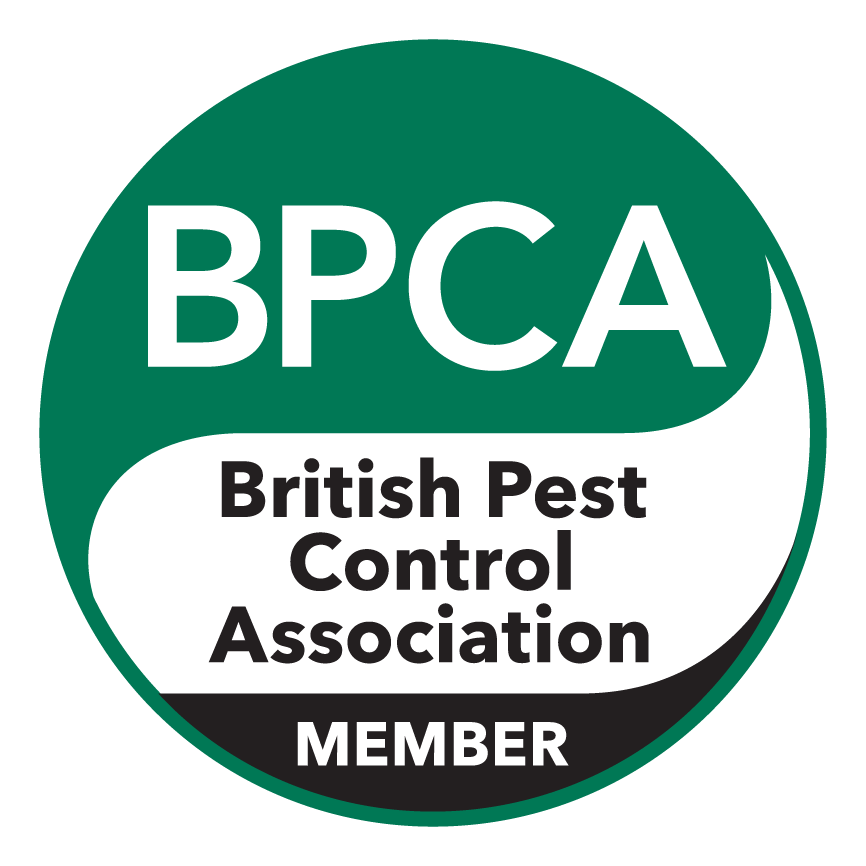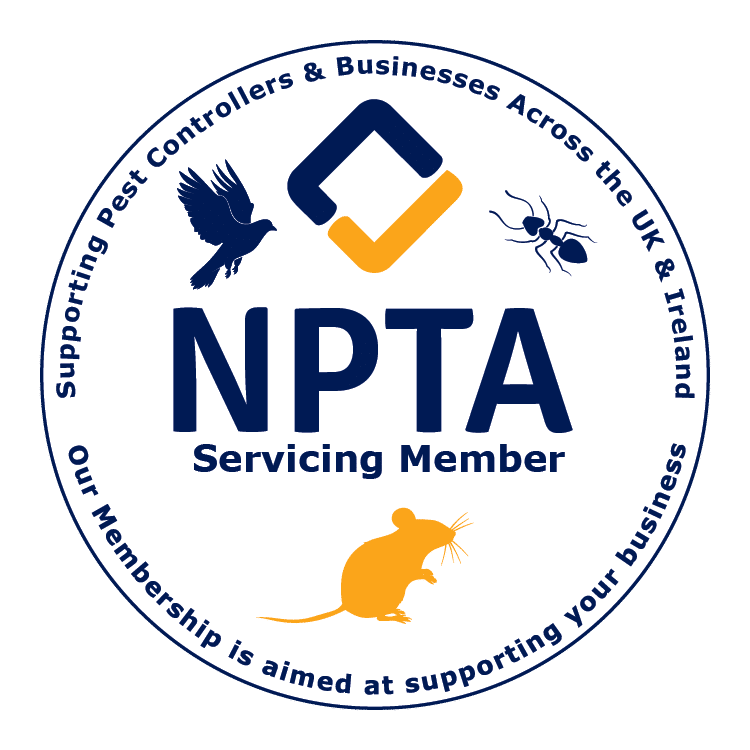Ongoing bed bug monitoring and prevention services to detect infestations early and stop them before they spread.



If you have an infestation of any pest, three main steps are required to fully address the issue:
Heat treatment is the most effective method of exterminating bed bugs but these pests are clever. They can latch onto luggage, clothing or other items and re-enter your property if someone visits an infested area.
In hospitality, transport and other businesses with large volumes of people moving around constantly, a treated area can become re-infested with bed bugs. And these
So, bed bug prevention and monitoring (the third stage of the process) is essential to avoid a potentially devastating new bed bug problem.
At ThermoPest, we have that covered…
bed bugs follow you home.
Besides making sure that no humans provide a host on which bed bugs can feed, there are other ways to prevent infestations. But first, we must understand more about these bugs.
Bed bugs are attracted to particular conditions:
In the summer in the UK, bed bug infestations are particularly rife because of the ideal temperatures. Most bedrooms provide the ideal conditions for breeding and feeding.
Unfortunately, summer is also the time when many businesses (hospitality, transportation, etc.) are busiest — so an infestation must be avoided at all costs.
Other types of businesses in healthcare, education, the retail sector, the food and beverage industry and more can all be devastated by bed bug infestations.
Prevention is all about disrupting the bed bugs’ ideal conditions…
A few bed bug prevention tips can help your property avoid a re-infestation after you’ve eradicated the pests with heat treatment.
If you travel, you should ensure that luggage and clothes are washed at high temperatures or dry cleaned if you suspect you may have been exposed to bed bugs. This will kill the adults, nymphs and eggs.
When in hotel rooms, inspect the room for signs of bed bug infestation, like swollen adult bugs or bed bug excrement. Try to keep your belongings on hard surfaces away from the mattress or upholstery.
When storing luggage at home, cooler areas are better than warm areas (store in a shed or garage rather than in a sunny room).
Also, try to vacuum regularly — including carpets surrounding mattresses and upholstered furniture, as well as headboards and bed frames. This will help with bed bug prevention.
When you dispose of waste, like vacuum bags, make sure you do so outside of the home and in such a way that the waste is confined (tied bin liners will work). This will prevent bed bugs from being transferred to other areas of your home if they are present.
Finally, reduce clutter as these pests like places to hide where they can wait undisturbed until feeding on a human host.
Some of the signs of bed bugs returning to your property are obvious. Others are less so:
If you detect any of these signs, call one of our pest control professionals to identify the problem and outline your bed bug treatment options.
Bed bug prevention is challenging, especially for popular businesses with limited staff numbers, as many UK hospitality and transport companies have experienced in recent years.
Regular motoring of a property can help homes and businesses with past histories of infestation from having to endure another serious bed bug infestation — or help those that have so far escaped remain that way.
ThermoPest provides bed bug monitoring and prevention contracts that include 4, 6 or 12 visits per year.
During a visit, our team will thoroughly inspect your premises and ensure that you are clear of bed bugs. If not, you can rely on us to provide trustworthy and accurate advice on your treatment options.
We’ve been doing this for a long time and have seen most pest scenarios in homes and businesses across the UK…
Bed bug monitoring and prevention is charged based on your requirements and is subject to a site visit. Find out more by getting a quote here.
Bed bug traps are devices designed to detect and capture bed bugs, serving both as a monitoring tool and a preventative measure. These traps generally come in a few different forms, including interceptor cups, glue traps, and active traps.
Interceptor Cups: These are placed under the legs of beds or furniture and work by trapping bed bugs that try to climb up or down from the furniture. The bugs fall into a moat-like structure within the trap and are unable to escape.
Glue Traps: Similar to other insect glue traps, these use a sticky surface to catch bed bugs when they walk over it. They can be placed throughout infested areas to monitor bug activity and help confirm their presence.
Active Traps: These may use attractants, such as carbon dioxide or heat, to lure bed bugs into a trap. Once drawn to the trap, bed bugs are captured and contained.
Using these traps can be an effective way to monitor for bed bugs, helping you to identify an infestation early and decide whether further action is needed. They are a key component of a comprehensive bed bug management strategy, particularly useful for those looking to maintain vigilance over their environment.
If you’re looking to tackle bed bug monitoring on your own without professional intervention, explore our shop where you’ll find a variety of bed bug traps designed for DIY use. Our selection empowers you to keep a vigilant watch over your living spaces with ease and effectiveness.
Call us on 0808 189 2310 – or complete our quote form below.
Leading experts in bed bug control
Guaranteed quick and rapid responses to urgent infestations
For ongoing problems, use our preventative contracts
Speak to a bed bug expert today!
Enter Your Details To Request A Call Back
Enter Your Details To Request A Call Back
Enter Your Details To Request A Call Back
Enter Your Details To Request A Call Back
Enter Your Details To Request A Call Back